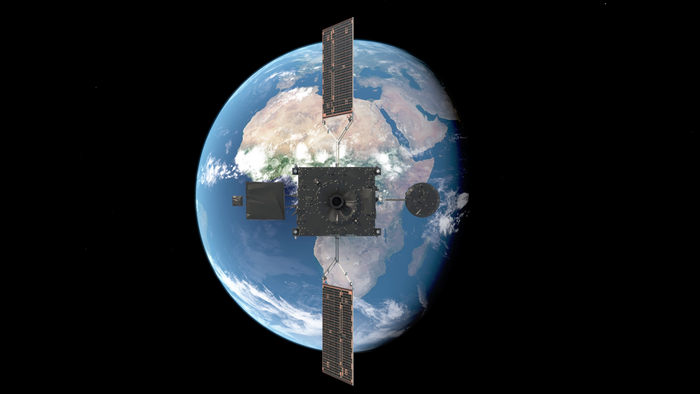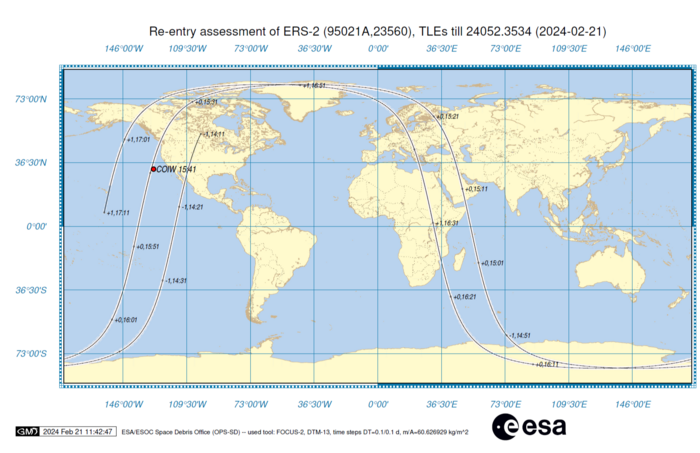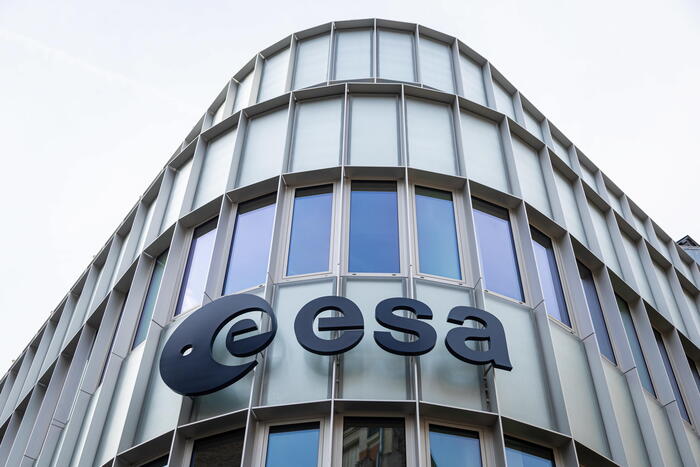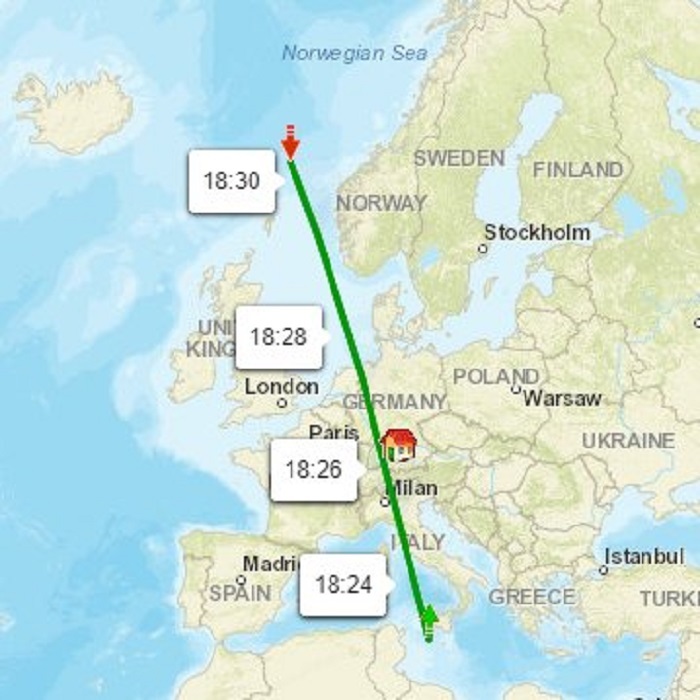The new European satellite Meteosat has been launched for super-fast weather forecasts, which will make it possible to identify in advance the arrival of extreme phenomena such as floods, and therefore to promptly warn citizens and areas at risk.
The launch of the third generation satellite, by the European Space Agency (ESA) and the European Organization for the use of weather satellites (Eumetsat), will take place at 21.30 on Tuesday 13, Italian time, from the European launch base of Kourou, French Guiana, aboard an Ariane 5 rocket.
The new satellite, dubbed MTG-I1, is the first in a constellation of six satellites that will provide critical data for weather forecasting for the next two decades and take it to a new level with state-of-the-art observations of Earth's atmosphere and real-time lightning.
In fact, the instruments it is equipped with allow a much greater resolution than the second generation and also a completely new ability: that of continuously monitoring over 80% of the Earth in search of lightning.
The data provided by MTG-I1 will have a variety of applications, from helping aircraft avoid storms to early flood warnings, to more precise monitoring of wildfires and fog.
It will thus contribute to protecting human lives, territories and infrastructures, both in Europe and in Africa.
Indeed, the new satellite will take images of these two continents every 10 minutes and will continuously map the lightning strikes in the clouds and from the clouds to the ground.
Its high-resolution images will be available much faster than currently available, thus allowing forecasts of rapidly developing extreme weather events to be anticipated.
The Meteosat satellite completed the delicate fuel loading phase at the end of November, thanks to Thales Alenia Space, and was then mounted on the Ariane 5 rocket with the contribution of Arianespace.
The rocket's two solid-fuel thrusters separated from the main body upon reaching an altitude of 67 kilometers, approximately 141 seconds after launch.
Shortly after, the front part of the rocket also separated, followed by the main stage with the liquid fuel almost 9 minutes after launch, at an altitude of 165 kilometers.
At that point, MTG-I1 began its journey around the Earth to reach its final orbit, at nearly 36,000 km, where it will remain for at least 15 years.














